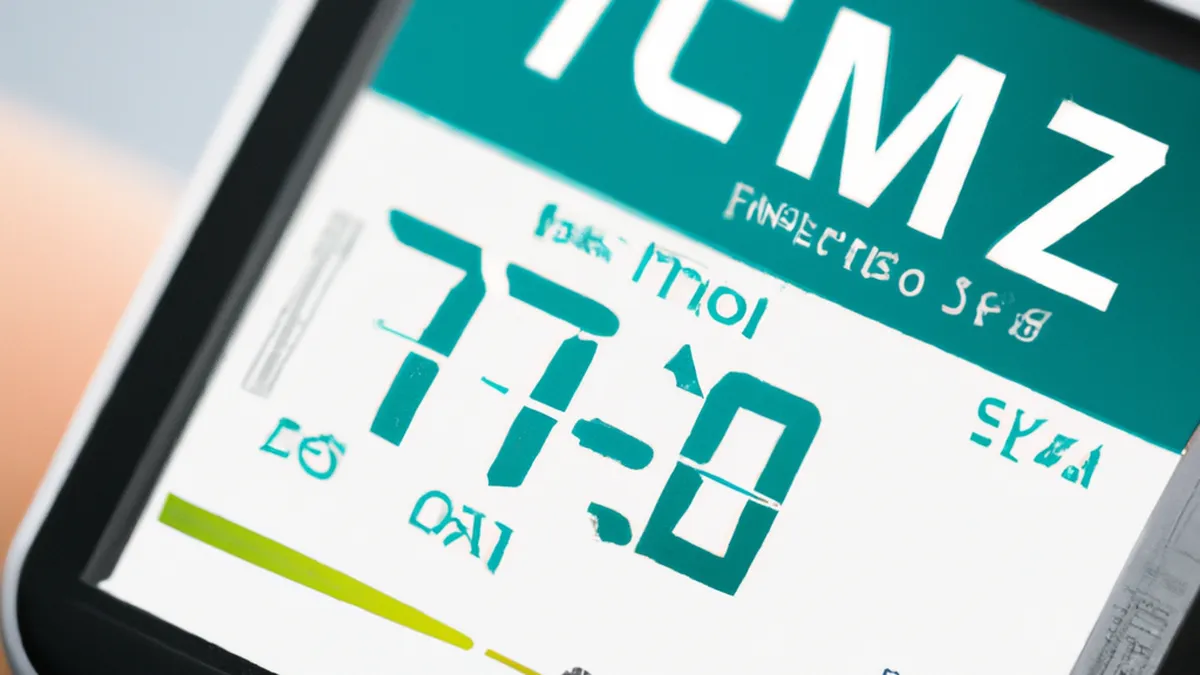Monitor and Conquer: CGM in Strength Training
CGM Insights for Strength TrainingContinuous Glucose Monitoring (CGM) revolutionizes training for athletes and fitness enthusiasts. It provides real-time blood glucose data, enhancing performance, recovery, and overall health. This blog explores how CGM data improves your strength training routine.
Understanding CGM for Strength Training
CGM devices continuously track glucose levels throughout the day. A small sensor placed under the skin measures glucose in interstitial fluid. The sensor sends data to a smartphone app, allowing real-time monitoring of blood sugar fluctuations.Why is this important for strength training? Glucose serves as your muscles’ primary energy source. During strength training, your body relies on glycogen stores to fuel workouts. Low glucose levels can lead to fatigue, decreased strength, and poor recovery. Tracking glucose levels guides your nutrition and training strategies, helping you tailor your regimen for maximum benefit.
Tips for Using CGM Data
As an Amazon Associate I earn from qualifying purchases.
Gear tip: consider carb gels, protein bars, and sodium tablets to support this topic.
1. Monitor Pre-Workout Levels
Check your glucose levels before starting strength training. Aim for levels between 70-140 mg/dL. If levels fall too low, eat a carbohydrate-rich snack like a banana or energy bar. This boosts your energy and fuels your muscles. If levels are too high, consider delaying your workout until they stabilize.
2. Track Post-Workout Recovery
Continue monitoring glucose levels after your workout. This data reveals how your body recovers after exertion. If levels drop significantly, adjust your post-workout nutrition. Consume a balanced meal with protein and carbohydrates within 30 minutes to replenish glycogen stores and aid recovery.
3. Experiment with Nutrition Timing
Use CGM insights to test meal timing. Some athletes perform better with carbohydrates before workouts, while others prefer a post-workout meal. Track glucose levels around these times to find what works best for you. If levels spike too high after a pre-workout meal, adjust timing or meal composition.
4. Stay Hydrated
Dehydration affects glucose levels and performance. Drink water before, during, and after workouts. Staying hydrated maintains stable glucose levels and enhances performance. Consider electrolyte-rich drinks during intense workouts, especially if you sweat heavily.
Conclusion
CGM data provides valuable insights for optimizing strength training. Monitor glucose levels and adjust nutrition strategies for improved performance and recovery. Use CGM to enhance your training experience.
Below are related products based on this post:
FAQ
What is Continuous Glucose Monitoring (CGM)?
Continuous Glucose Monitoring (CGM) is a method that tracks glucose levels in real-time throughout the day using a small sensor placed under the skin. This sensor sends data to a smartphone app, allowing users to monitor their blood sugar fluctuations continuously.
How can CGM data improve strength training?
CGM data is essential for strength training as it provides insights into blood glucose levels, which are crucial for energy during workouts. By tracking glucose levels, athletes can adjust their nutrition and training strategies to optimize performance, recovery, and overall health.
What should I do if my glucose levels are too low before a workout?
If your glucose levels are too low before starting strength training, it’s recommended to consume a carbohydrate-rich snack, such as a banana or an energy bar. This will help boost your energy and fuel your muscles for the workout.















Post Comment